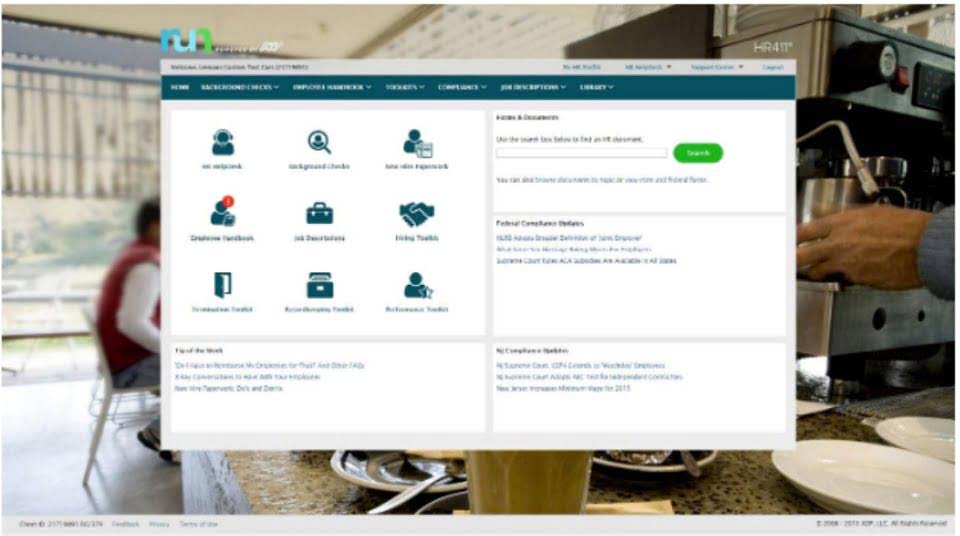Bookkeeping
Amortizing Premiums and Discounts Financial Accounting

A REMIC issues regular and residual interests to investors. A REMIC generally is not treated as a corporation, partnership, or trust. For purposes of subtitle F of the Internal Revenue Code (Procedure and Administration), a REMIC generally is treated as a partnership with the residual interest holders treated as the partners. If you owned stock on which you received $10 or more in dividends and other distributions, you should receive a Form 1099-DIV. Even if you do not receive a Form 1099-DIV, you must report all your dividend income. Report the total of your ordinary dividends on line 3b of Form 1040 or 1040-SR.

This treatment of taxable gain also applies to corporate instruments issued after May 27, 1969, under a written commitment that was binding on May 27, 1969, and at all times thereafter. The effective interest rate method is one method of amortizing the premium or discount on bonds payable over the term of the bond, the alternative simpler method is the straight line method. The holding period of the stock does not include any period during which you are the writer of the option. In some instances, however, such as trades that are part of mergers or other corporate reorganizations, you will have no recognized gain or loss if certain requirements are met. This information is also available on the prospectus of the bond issue.
Managing busy season with a shortage of accountants
An option that entitles the purchaser to sell, at any time before a specified future date, property such as a stated number of shares of stock at a specified price. An accounting method under which you report your income when you earn it, whether or not you have received it. You generally deduct your expenses when you incur a liability for them, rather than when you pay them. If you are a new taxpayer and not required to file a 2022 income tax return, you make the election for 2022 by placing the above statement in your books and records no later than March 15, 2023.
- For deposits of $5,000 or more, gifts or services valued at more than $20 must be reported as interest.
- Once you choose to report the interest each year, you must continue to do so for all Series EE, Series E, and Series I bonds you own and for any you get later, unless you request permission to change, as explained next.
- Increase your basis in the stripped tax-exempt bond or coupon by the taxable and nontaxable accrued OID.
- See the Instructions for Form 1040 or 1040-SR for where to report.
- The corporation defaulted on the loan and Henry made full payment.
- If you use borrowed funds to buy an interest in a partnership or S corporation, then the interest on those funds must be allocated based on the assets of the entity.
The exact amount will be amortized each year for ten years. Say you are taking out a mortgage for $275,000 at 4.875% interest for 30 years (360 payments, made monthly). Enter these values into the calculator and click “Calculate” to produce an amortized schedule of monthly loan payments.
Amortization Calculations:
Your investment income generally is not subject to regular withholding. However, it may be subject to backup withholding to ensure that income tax is collected on the income. The bank, broker, or other payer of interest, original issue discount (OID), dividends, cash patronage dividends, or royalties must withhold income tax on these reportable payments at https://www.bookstime.com/articles/how-to-calculate-sales-margins a rate of 24% under backup withholding. From the bond amortization schedule, we can see that at the end of period 4, the ending book value of the bond is increased to 250,000, and the discount on bonds payable (8,663) has been amortized to interest expense. As before, the final bond accounting journal would be to repay the face value of the bond with cash.

For risk-adverse investors, bonds can be an attractive way to receive an anticipated return and safeguard capital. For issuers, bonds can be a way to provide operating cash flow, fund capital investments, and finance debt. If a corporation issues only annual financial statements and its accounting year ends on December 31, the amortization of the bond premium can be recorded once each year. In the case of bond premium amortization schedule the 9% $100,000 bond issued for $104,100 and maturing in 5 years, the annual straight-line amortization of the bond premium will be $820 ($4,100 divided by 5 years). Let’s assume that just prior to selling the bond on January 1, the market interest rate for this bond drops to 8%. Rather than changing the bond’s stated interest rate to 8%, the corporation proceeds to issue the 9% bond on January 1, 2022.
What does it mean to amortize a bond discount or premium?
Multiply the daily installments by the number of days you held the bond to figure your accrued market discount. Generally, a bond you acquired at original issue is not a market discount bond. If your adjusted basis in a bond is determined by reference to the adjusted basis of another person who acquired the bond at original issue, you also are considered to have acquired it at original issue. When you buy a market discount bond, you can choose to accrue the market discount over the period you own the bond and include it in your income currently as interest income.
- Portfolio income includes gross income from interest, dividends, annuities, or royalties that is not derived in the ordinary course of a trade or business.
- When your aunt died, she owned Series HH bonds that she had acquired in a trade for Series EE bonds.
- The corporation’s distributions may be in the form of cash or property.
- Form 1099-OID will show, in box 1, the amount of OID for the part of the year that you held the bond.
- For information on the retirement, sale, or redemption of U.S. government obligations, see Capital or Ordinary Gain or Loss in chapter 4.
Box 2 of Form 1099-OID shows any taxable interest on the obligation other than OID. Add this amount to the OID shown in box 1 and include the result in your total taxable income. You constructively receive income when it is credited to your account or made available to you. You can choose to report accrued acquisition discount (defined earlier under Government obligations) rather than accrued OID on these short-term obligations.

